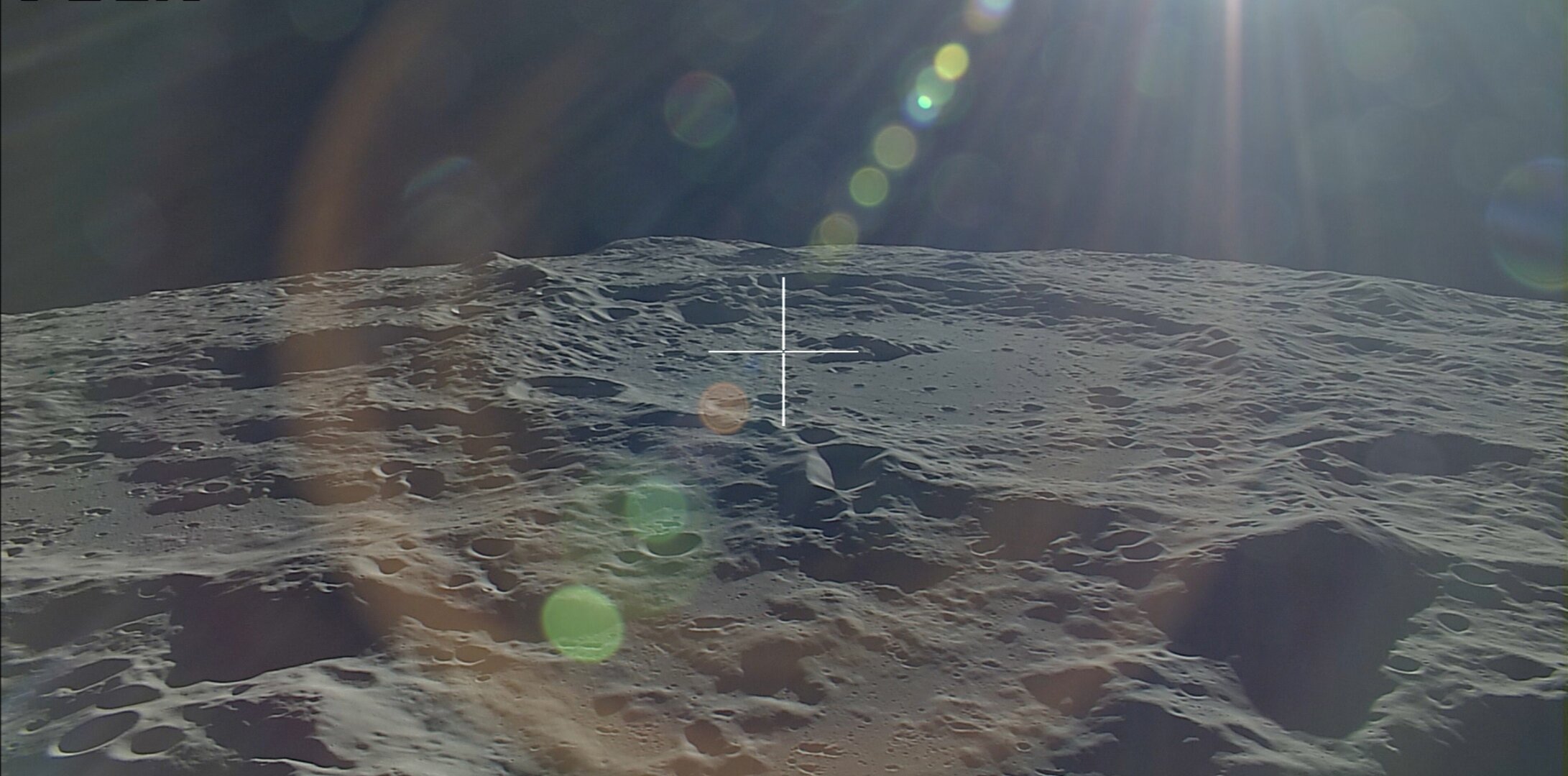Space, a stage of SpaceX’s Falcon 9 will crash on the Moon

The European Space Agency has calculated that the upper stage of a SpaceX Falcon 9 will impact the lunar surface on March 4th
The Moon is destined to have a new crater.
The European Space Agency has calculated – and announced on February 1 – that an upper stage of a SpaceX Falcon 9 will impact the lunar surface in early March. "It will be the first time that a man-made element of debris has inadvertently reached our natural satellite."
As early as January , space observers warned that the rocket, launched in 2015, was about to crash into the Moon at a speed of about 2.58 km / s within a few weeks.
The impact expected on March 4 will mark the first time that man-made space debris will fall on the lunar surface.
The Falcon 9 stadium – about four tons of "space junk" – adds to the group of space debris floating in space.
For some time, ESA experts, together with the scientific community, have warned: "We need international guidelines" to trace space junk.
All the details.
THE ESA CALCULATIONS
The ESA reported that “reliable public estimates predict the impact with the Moon on March 4 at 12:25:39 UTC at a point on the opposite side of the moon near the equator. The follow-up observations are expected to refine the accuracy of the predictions, but the upper stage of approximately 3 tons, 15 meters long and 3 meters wide is currently expected to strike at a speed of approximately 2.58 kilometers per second. " lunar surface.
WHAT HAPPENED AT THE FIRST STAGE OF FALCON 9, NOW DYING TOWARDS THE MOON
In 2015, the Falcon 9 rocket positioned NOAA's DSCOVR climate observatory around Lagrange's L1 point. It is one of the five gravitationally stable points between the Earth and the Sun.
But after completing a long burn of its engines, the rocket's second stage went out of control. At this stage, it did not have enough fuel to return to Earth's atmosphere. And "there was also a lack of energy to escape the gravity of the Earth-Moon system," meteorologist Eric Berger explained on Ars Technica .
Since then, the Falcon 9 stadium has drifted away, turning into “space junk” with an unpredictable course.
UNLIKE THE EUROPEAN LAUNCHERS
Finally, the agency highlighted that "all the launchers developed by ESA in the last decade – Vega, Ariane 6 and Vega C – incorporate a re-ignition capability that guarantees the safe return to Earth due to the atmospheric burn-up of their stadiums. superior".
The European Space Agency notes that “the European Ariane 5, which recently positioned the James Webb Space Telescope at its observation point, flew on a trajectory mirroring that of the Falcon 9 but the good news is that its upper stage he has already escaped a comparable fate thanks to a specially developed and qualified maneuver "to avoid an impact.
REGULATION NEED
"The upcoming lunar impact of Falcon 9 illustrates well the need for a comprehensive regulatory regime in space, not only for economically crucial orbits around the Earth, but also for the Moon," said Holger Krag, head of the space security program. of the ESA.
This is a machine translation from Italian language of a post published on Start Magazine at the URL https://www.startmag.it/innovazione/spazio-uno-stadio-del-falcon-9-di-spacex-si-schiantera-sulla-luna/ on Fri, 04 Feb 2022 06:26:09 +0000.
